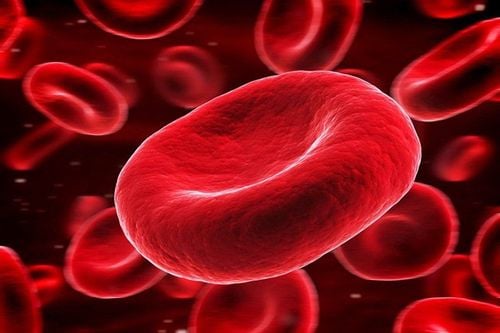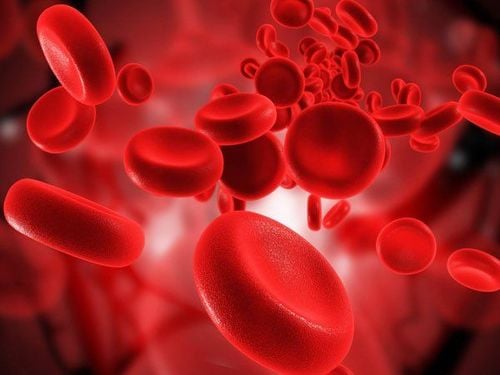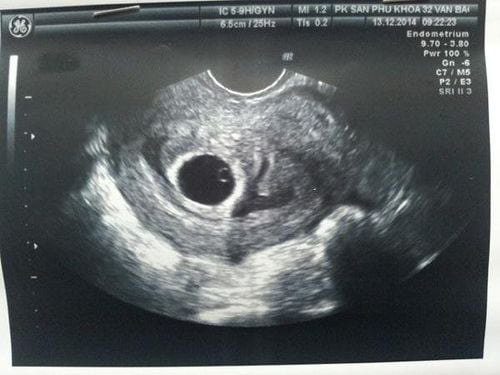This is an automatically translated article.
Red blood cell test is one of the indispensable indicators when doing blood tests. However, not everyone fully understands what a red blood cell test means.
1. What is a red blood cell test?
The red blood cell test (also known as the RBC test - Red Blood Cell) is a method used to evaluate the presence of red blood cells in the blood. From there, there is a basis for diagnosing and monitoring a person's health status.In blood cells, the most abundant component is red blood cells. Red blood cells contain hemoglobin, which gives blood its red color. The main function of red blood cells is to carry oxygen from the lungs to the tissues and return CO2 from the tissues to the lungs. That is why red blood cells play a very important role in anyone's health.
2. The procedure for testing red blood cells in the blood
A red blood cell test is actually a type of blood test. The most commonly used specimen is venous or capillary blood (in rare cases, arterial blood is drawn). Medical staff will collect a sufficient amount of blood into a special container (containing anticoagulant) and bring it to the laboratory for analysis.
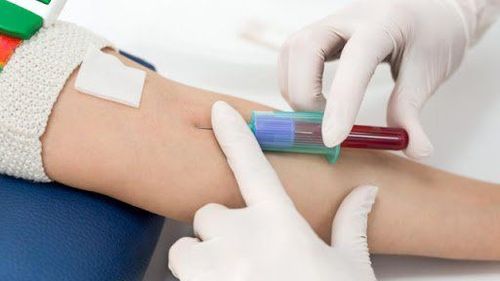
Máu ngoại vi được sử dụng làm xét nghiệm hồng cầu trong máu
3. Meaning of red blood cell test in blood
Blood red blood cell test helps provide basic information about red blood cells in a person's body such as: number, volume, hemoglobin,...
3.1 Red blood cell count Normal value of The normal red blood cell count is between 4.2 and 5.9x1012 cells/l. If there is a change in the number of red blood cells, such as an abnormal increase or decrease, it will have a negative effect.
Increase in red blood cell count: causes blood to condense, causing dehydration, diarrhea, vomiting a lot... or true polycythemia vera (Vaquez's disease). In addition, hypoxia or cardiac and pulmonary circulatory disorders are also caused by an increased number of red blood cells. Decreased red blood cell count: is a manifestation of the body in a state of blood loss, anemia or lack of folic acid, vitamin B12. This condition is common in the elderly, pregnant women, patients with acute rheumatism, kidney patients, bone marrow failure and cancer.
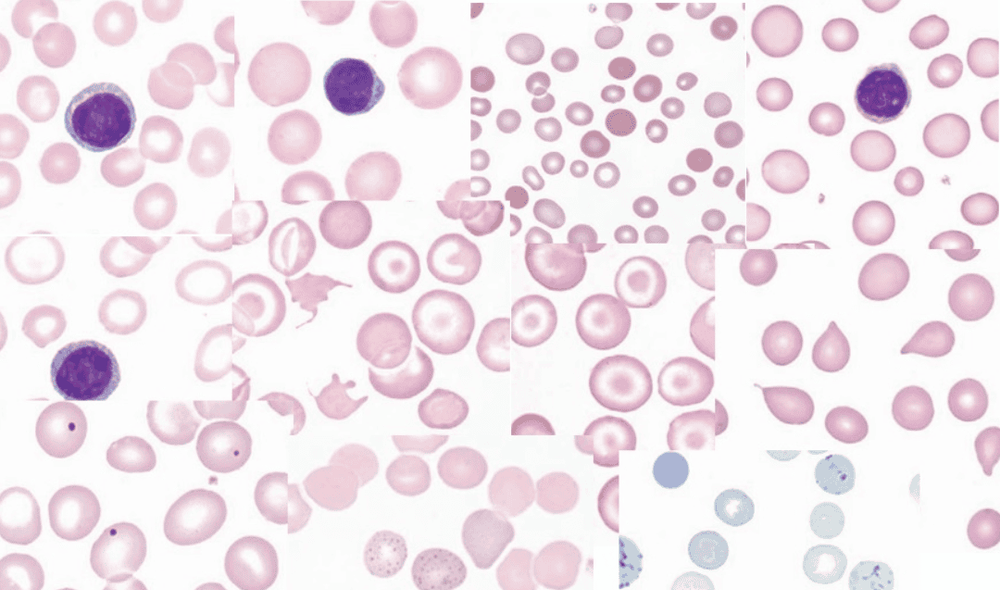
Hình ảnh tế bào hồng cầu trong máu
3.2 Hemoglobin count Anemia is best reflected by the hemoglobin count, especially in cases of anemia due to chronic causes. The WHO (World Health Organization) definition of anemia is a condition in which the amount of hemoglobin circulating in the peripheral blood decreases compared to normal people of the same sex, of the same age, and living in the same environment.
This is considered an index with high accuracy and reliability in the assessment and diagnosis of anemia. Based on certain hemoglobin levels to classify chronic anemia, specifically:
Higher than 100 g/l: mild anemia, not requiring blood transfusion. From 80 to 100 g/l: moderate anemia, can consider transmission if necessary. From 60 to 80 g/l: severe anemia, need blood transfusion. Lower than 60 g/l: immediate emergency blood transfusion is required.
3.3 Red blood cell volume Red blood cell volume is also an important and necessary indicator in monitoring acute blood loss: anemia due to esophageal varices, gastrointestinal bleeding...
Normal human red blood cell volume values range from 4.2 to 5.9 million cells/cm3.
3.4 Apply an anemia classification Classification of anemia is essential to being able to help identify and quickly find the cause of anemia.
Among the factors considered relevant and applicable to the classification of anemia, the red blood cell indices along with the erythrocyte morphology play an important role. The process of monitoring the effectiveness of treatment also needs to consider the red blood cell index.

Kỹ thuật xét nghiệm hồng cầu trong máu cần được thực hiện tại cơ sở y tế uy tín
Basic parameters are often considered such as:
MCV – mean erythrocyte volume: small red blood cells if MCV < 80fl and macrocytic red blood cells if MCV > 100fl. MCHC – mean hemoglobin level of red blood cells and mean hemoglobin concentration of red blood cells. RDW index - red blood cell size distribution range: erythrocytes have uniform size if RDW = 11 - 14%, vice versa if RDW > 14%, red blood cells are not of equal size. Patients who go for the test do not need to worry too much about not understanding the meaning of the indicators because after having the results, the doctor will explain in detail about each person's condition.
Customers can directly go to Vinmec Health system nationwide to visit or contact the hotline here for support.




